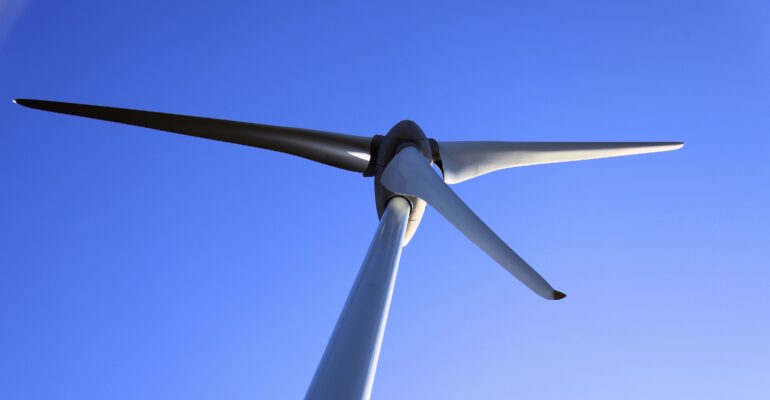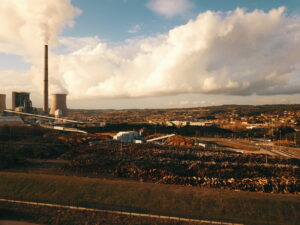Co-firing with biomass compared to other renewables
By guest author Geert Warringa, CE Delft
Co-firing is the combustion of two different types of material at the same time for energy production. In the Netherlands, co-firing coal with biomass is one of the options for meeting their 14% renewables target. However, there are alternatives on the table which actually score better in terms of energy transition, subsidy costs, employment and added value to the economy.
The Netherlands has committed to sourcing 14% of the country’s energy from renewables by 2020. In addition to using solar, wind, geothermal and hydro power, it has also been agreed, as part of the national “Dutch Energy Agreement” between the government and different stakeholders, that co-firing of biomass in coal-fired power plants may contribute a maximum of 25 PJ to the 14% target.
A study by CE Delft, commissioned by the Netherlands Society for Nature and Environment (Natuur & Milieu) and energy company Eneco, which estimates the subsidy costs and other impacts of two alternative scenarios to co-firing to meet the renewables target, show that these are viable options on the table.
The first is a package made up of four renewable energy options, where half the 25 PJ would come from greening the electricity market and the other half by greening the heat market. This would include adding a new 700 MW wind farm, 0.6 Gigawatt peak capacity (GWp) of solar energy, 7.5 PJ of industrial bio-steam and 5 PJ of biomass for district heating. The second option would be to convert the Amer 8 power plant in Noord-Brabant from a 100% coal to 100% biomass burning plant, which has been done to other coal plants throughout Europe.
Overall, they found that the scenario relying on other renewables, such as wind, solar, bio-steam and biomass for district heating, scored best on most economic indicators. Although wind and solar energy are flexible sources and require more balancing power, turning to these renewables instead of co-firing would bring more value to the Dutch economy. It would save about 80 million euros per year in public subsidies and reduce the costs of electricity. The job market would be expected to grow three times more than with the other options. The number of one-off full-time jobs would be 10,000 with the renewables option versus 3000 for co-firing and 2000 that would be generated with a conversion to 100% biomass.
An additional benefit is that solar and wind energy would have a positive impact on the country’s energy transition. After 15 years when the subsidies have ended, these technologies will still produce renewable energy, while electricity production based on biomass would come to a stop without further investment. This impact is particularly important given the reduction target becoming more stringent in the future and the increasing costs for meeting those targets.
The full report “Alternatives for co-firing biomass in coal plant. ‘Quick Scan’ analysis of subsidy costs and other impacts of alternative policies under the Dutch Energy Agreement” can be downloaded at www.cedelft.eu For more information, please contact Geert Warringa (warringa@ce.nl /+31 15 2150150)
Note: The views and opinions expressed in this guest blog post are those of the author and not necessarily supported by BirdLife Europe/EEB/T&E.
Photo: Windpower (c) Smilemark, Flickr Creative Commons




